Where your Private Pilot meets Precision.
Earning an Instrument Rating is likely one of the most important steps you will take regardless if flying is a hobby or career path. Not only does an instrument rating teach you how to fly by reference to instruments only, land in low ceilings and visibility, but it teaches you most importantly decision making processes and a level of precise aircraft handling that makes you a more confident and safe pilot. In this course you will take a deep dive into weather, capabilities of your aircraft instruments, troubleshooting and more.
Let us know during your Private Pilot rating if you intended to pursue your instrument rating. Ask us how we are able to expedite your hour requirements for an Instrument Rating that most schools won’t tell you!
Here’s where we utilize our AATD for instrument procedures trainmen and find this greatly reduces the learning curve.
Part 61 Training Requirements (FAR 61.65):
- 50 hours of cross-country flight time as pilot in command, of which 10 hours must have been in an airplane (this includes time logged prior to your instrument rating)
- 40 hours of actual or simulated instrument time in the areas of operation listed in paragraph (c) of this section, of which 15 hours must have been received from an authorized instructor who holds an instrument-airplane rating
Part 141 Training Requirements (Appendix C To Part 141):
- No specific cross-country flight time requirements
- 35 hours of instrument training if the course is for an initial instrument rating
BOTH: Whether you train under Part 61 or Part 141, you’ll have to complete a “long cross-country” flight, which:
- Has a distance of at least 250 nautical miles along airways or ATC-directed routing
- One segment of the flight consists of at least a straight-line distance of 100 nautical miles between airports (Part 141 Only)
- Involves an instrument approach at each airport
- Involves three different kinds of approaches with the use of navigation systems.


